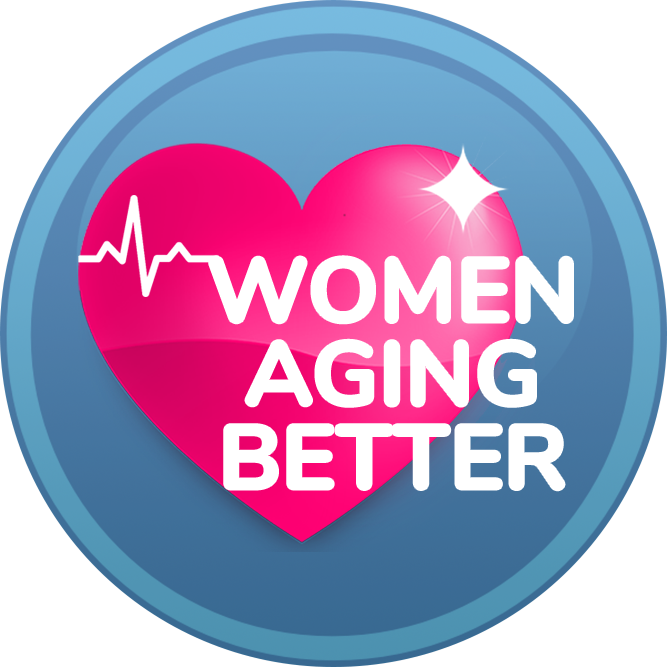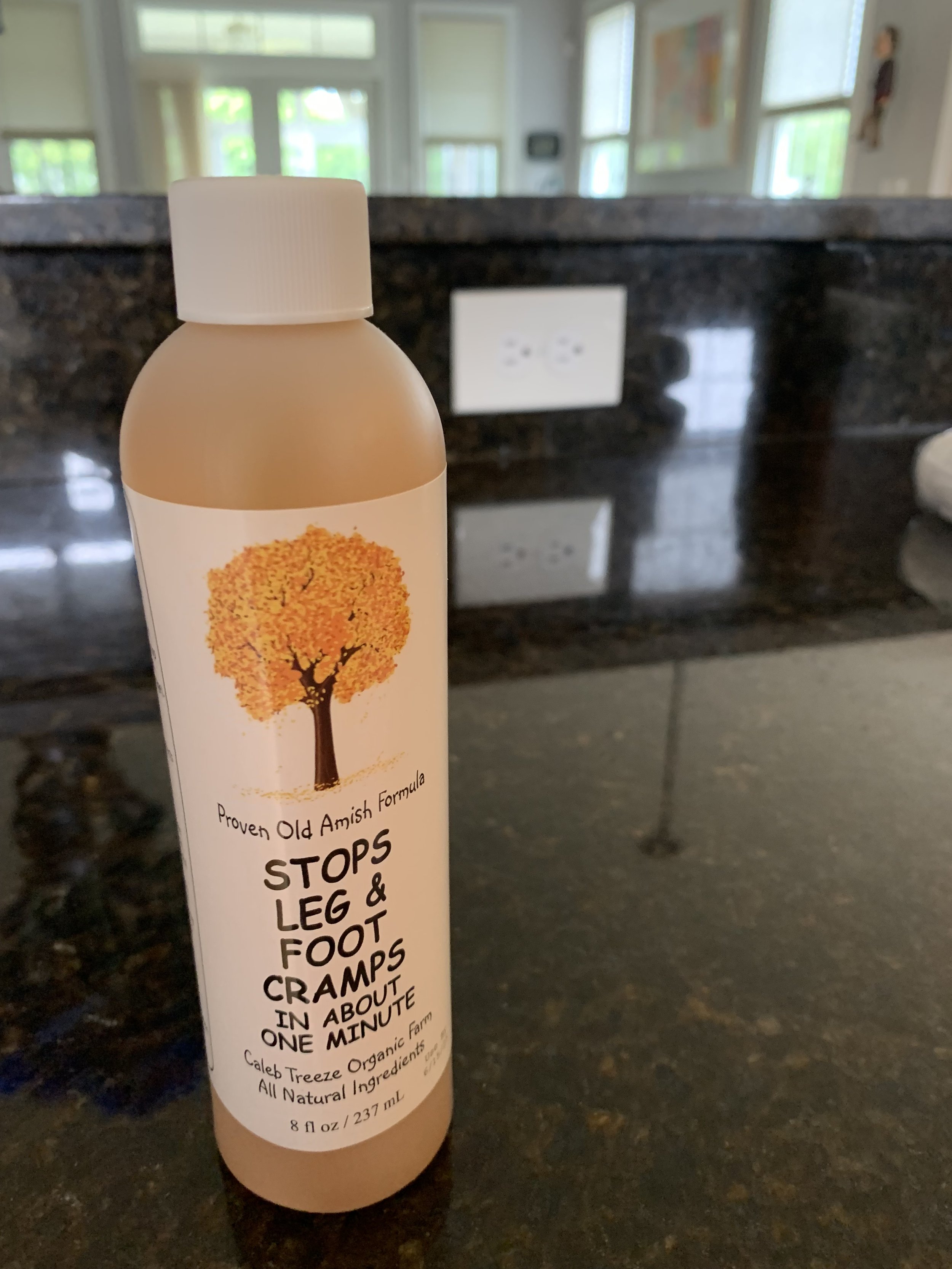Why Muscles Cramp & What You Can do About it
At one time or another, almost everyone has gotten a bad muscle cramp, sometimes referred to as a “charlie horse”. When it happens, we want nothing more than for it to go away, and fast.
A muscle cramp occurs when one or more muscles contracts (shortens) involuntarily and this can be very painful, especially when it happens suddenly and unexpectedly.
To avoid this uncomfortable, and sometimes very intense pain, it’s important to understand the causes of muscle cramping.
Each of the following has been associated with muscles cramps:
Dehydration - When we don’t have enough water in our systems, our cells can’t function properly, resulting in a variety of potential problems, including electrolyte imbalances (which can lead to cramping).
Electrolyte Imbalances - Electrolytes are minerals essential to help our bodies with various biochemical reactions. If we don’t get enough sodium, potassium, calcium and/or magnesium in our diets, we may experience muscles cramps.
Overuse & Lack of Stretching - Muscle use results in a shortening of the muscle fibers. When we hold a stretch for at least 20 - 30 seconds after using our muscles, we allow the fibers to lengthen.
Poor Circulation: As we age, it can be harder for our blood to circulate properly. This problem can be made worse by sitting for extended periods of time and crossing our legs. If there’s not enough blood flow to our muscles, yes you guessed it, we may end up with cramps.
Issues with Our Nerves: Sometimes tight muscles can put pressure on our nerves, which can also result in cramping.
If you want to eliminate muscle cramping:
Drink enough water - We need approximately 50% of our body weight in ounces of water each day to stay hydrated. Too little and too much water can cause problems. For most of us, it’s too little.
Eat a well-balanced diet with plenty of fruits, vegetables, protein and healthy fats - You’re more likely to balance your electrolytes if you are eating a healthy diet. The more variety, the better. You can also add an electrolyte replacement if you’re exercising intensely.
Stretch before and after exercising - Moving stretches (dynamic warm-up) are best before exercising and holding stretches for 30 seconds (static stretching) is best after you’ve finished working out.
Foam rolling can also be a super helpful way to release fascial tissue which pulls on muscles. If you release the fascia, it can help to loosen muscle fibers as well.
Increase your circulation - This can be done by adding a cold shower at the end of your warm shower. You can also help your circulation by simply moving more throughout your day rather than staying in one position for long periods of time (e.g. sitting at computer, etc).
Despite our best efforts, sometimes we still end up with muscle cramps. If this happens, do your best to release the tight muscle by massaging it and consider what you might do differently in the future to keep your muscles loose and flexible.
I also have a client who swears by the remedy below. The ingredients are apple cider vinegar, ginger, and garlic juice. I haven’t tried it myself but have read many positive benefits of each of the ingredients.
Out diets and stretching routines can have an incredible impact on the health and wellness of our muscles. Like everything else, it takes a little bit of effort, but it’s well worth it.
If you get muscle cramps on a regular basis and you are adhering to the suggestions above, it may make sense to check in with your doctor to ensure that there is not an underlying cause of the cramping that may need to be addressed by a medical professional.


